In response to growing awareness of environmental impacts, companies are adorning their products with claims and labels to target concerned consumers. With so many claims and so called 'eco-labels' out there, it can be hard to decipher what is ‘greenwashing’ and what is truly a safe product for the environment.
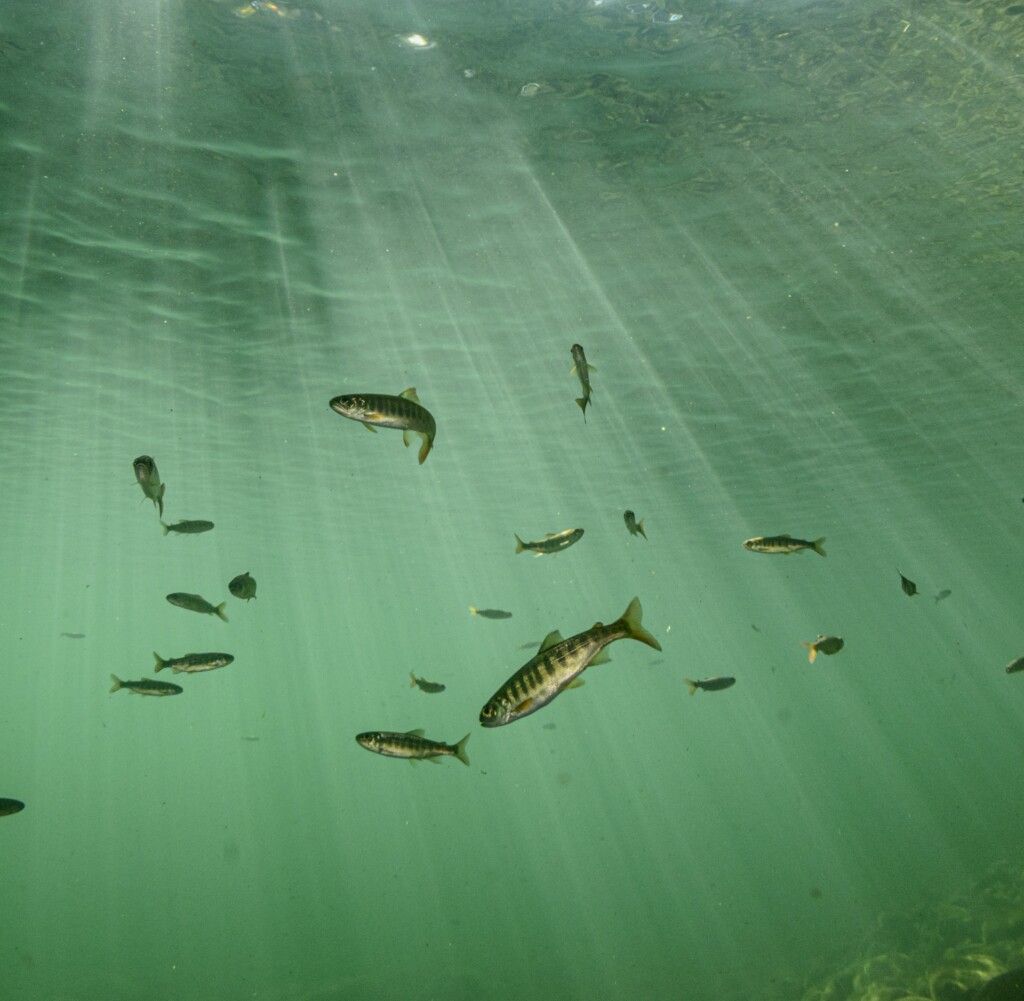
Choosing products that minimize harm to the environment and aquatic life reduces the pressures that salmon face. Knowing which ecolabels are truly better choices for the environment means you can vote with your dollar with confidence.
Greenwashing – false, vague, weak or exaggerated environmental claims designed to entice eco-conscious consumers.

Although making false claims about a product is illegal under the Consumer Packaging and Labelling Act and the Competition Act in Canada, it is still important to be critical of vague and unsubstantiated claims. For example, you may find a cleaning product claiming to be ‘Biodegradable’ – this alone does not actually tell you much. Everything will eventually biodegrade. What we want to know is if something that will degrade rapidly into environmentally safe by-products. The OECD (Organization for Economic Co-operation and Development) has established standards for biodegradability, a reference to these standards provides assurance that the product is biodegradable in a meaningful way.
The sheer number of labels and certifications that you may come across when searching for products can feel overwhelming. To help, here is a list of common labels and claims and what they mean.
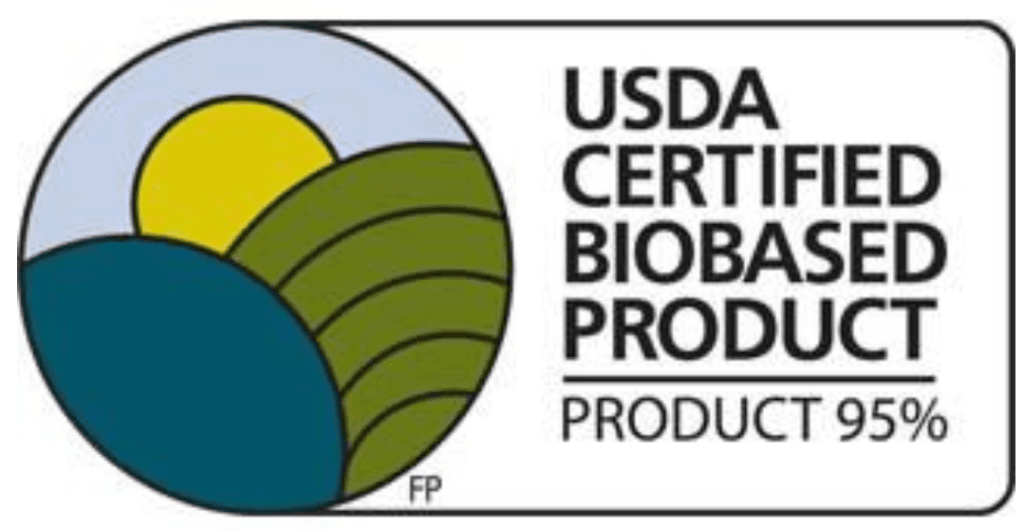
Biobased or Plant Based
Products made from renewable, biological ingredients (e.g. plants) rather than being made from petroleum products. Suggests product is more likely to be sustainable, but does not necessarily assure safety in the environment. The USDA offers credible certification that a product meet biobased standards, but it does not assess the environmental safety of a product like EPA Safer Choice does.
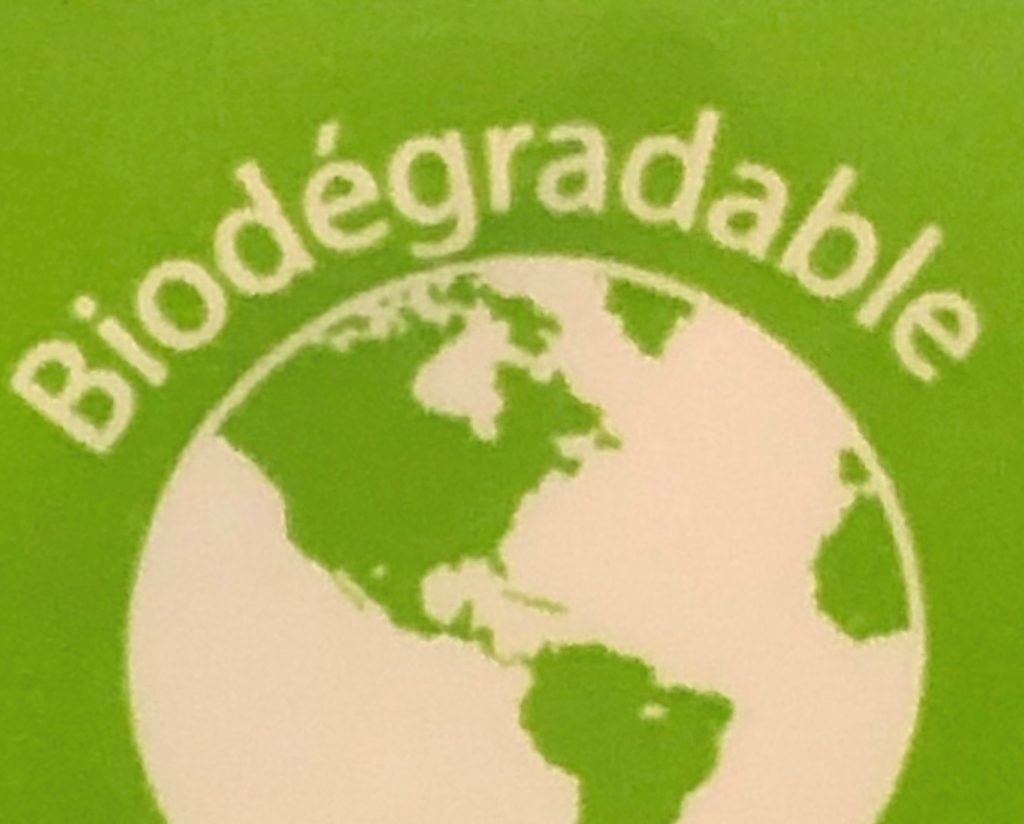
Biodegradable
Product will naturally break down, but does not indicate how readily it will break down, nor does mean it necessarily means it breaks down into safe components. Look for OECD standards for biodegradability being met.

Certified B Corporation
Certification for businesses based on high social and environmental standards. This label applies to the company creating the product and is not specific to an individual product.
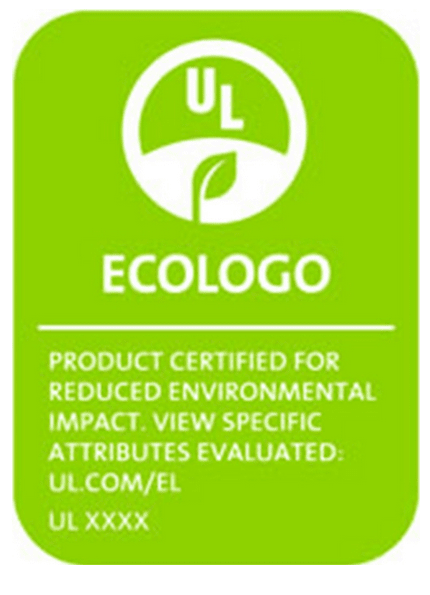
ECOLOGO
Product has been assessed independently to meet environmental standards for the product's life-cycle. Only the top 20% of products available can achieve certification.
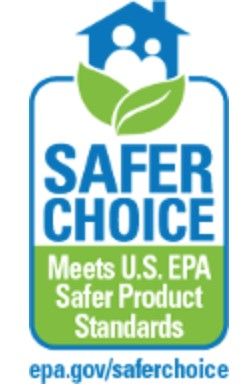
EPA Safer Choice
Ingredients independently assessed by US EPA scientists to meet strict environmental and health standards, while also performing on par with traditional cleaning products.
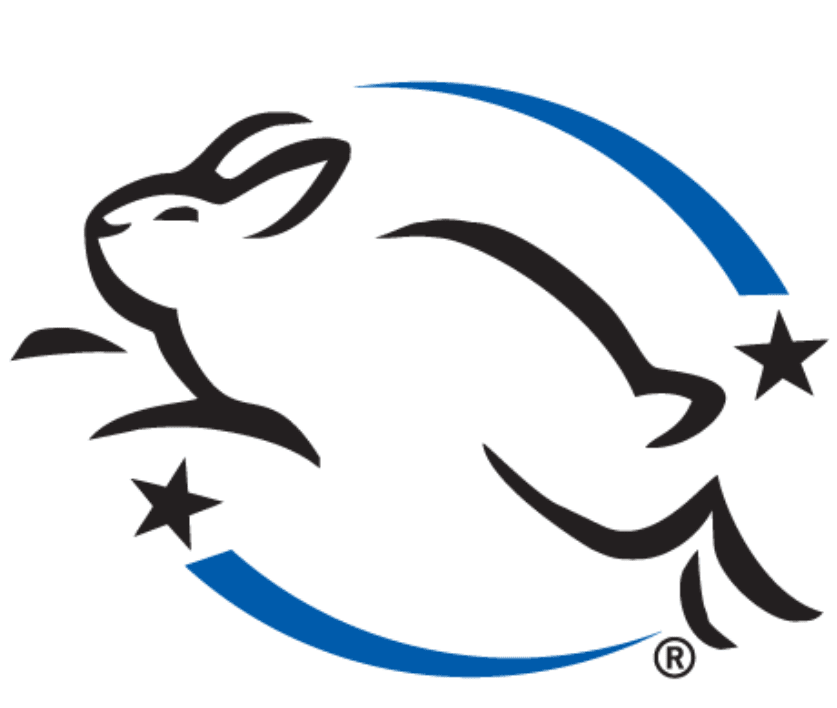
Leaping Bunny
Certifies that a product has not been tested on animals, does not relate to product safety in the environment.
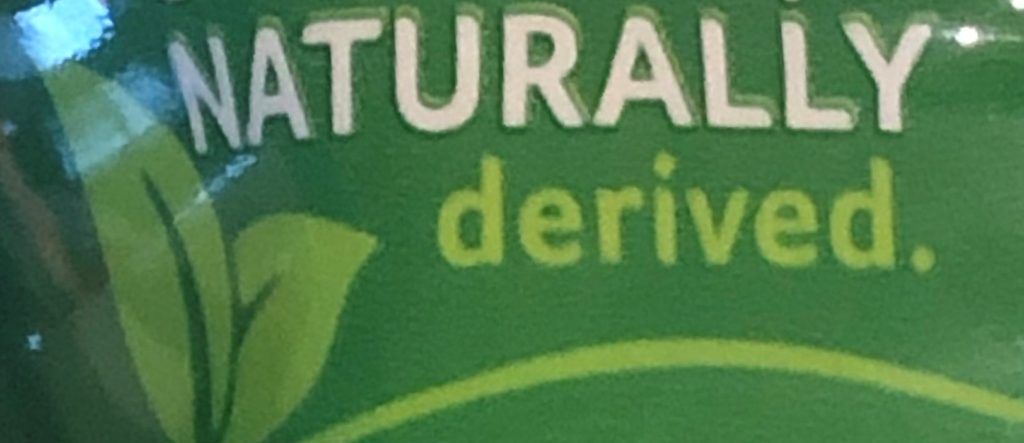
Natural Ingredients
Implies a product is made up of naturally derived biological or mineral ingredients. This does not necessarily mean that a product is safe for you or the environment. For example, Borax (sodium borate) is presented as a natural cleaning product, while Borax is a naturally occurring mineral, it can be toxic and endocrine disrupting.
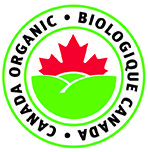
Organic
Certified organic products have been made of at least 95% organic ingredients and contain no genetically modified organisms. If a product is organic, it would imply it is formulated from biological ingredients and those were grown without synthetic fertilizers or pesticides.
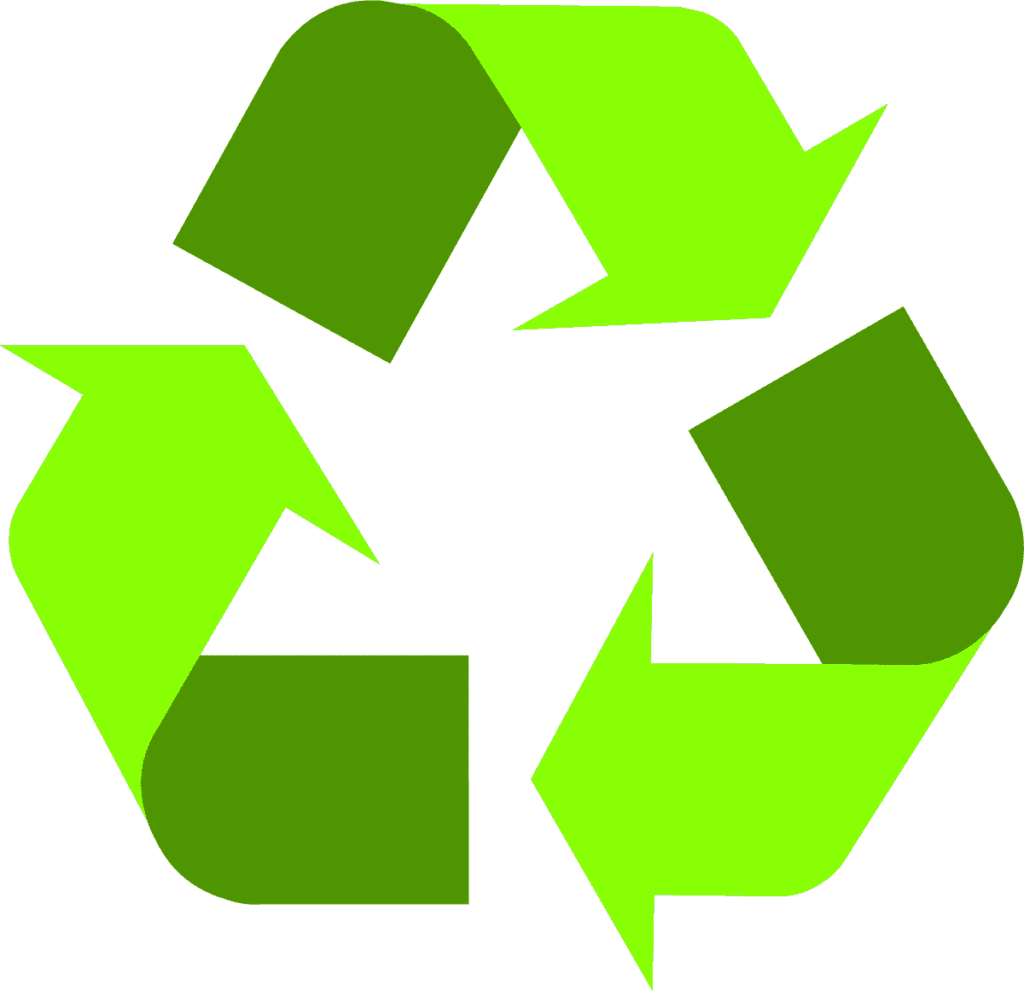
Recycling Symbol (Mobius Loop)
Indicates a product or packaging can be recycled or is made up of recycled material. Caution as some plastics (indicated by the number inside the loop) are not readily recyclable. Numbers 1, 2 and 5 are recyclable while numbers 3, 4, 6 and 7 are not so easily recyclable. For more information, see this post by Regional Recycling BC.
It is also important to remember that everything we buy has some environmental impact and one of the best things to do is to consume less overall, reduce your waste, and participate in the circular economy.
Photo credit: Maria Catanzaro, Eiko Jones